SpaceX is hours away from its Cargo Dragon (Dragon 1) spacecraft’s last space station resupply mission, a historic launch that will also include a Falcon 9 booster’s first land landing attempt in more than half a year.
Scheduled to lift off no earlier than 11:50 pm EST (04:50 UTC) on March 6th (March 7th UTC), flight-proven Falcon 9 booster B1059 rolled out to SpaceX Launch Complex 40 (LC-40) – part of Cape Canaveral Air Force Station (CCAFS) – on Thursday afternoon. Carrying twice-flown Dragon capsule C112, set to smash SpaceX’s orbital spacecraft turnaround record, tonight’s launch will mark SpaceX’s last International Space Station (ISS) mission under its first NASA Commercial Resupply Services (CRS) contract – awarded in 2008.
Aside from Cargo Dragon’s historic final launch and record spacecraft turnaround time, CRS-20 will also mark SpaceX’s first attempted land landing – meaning a Falcon 9 booster landing at LZ-1 or LZ-2 – since July 2019. Thanks in part to SpaceX’s Starlink launch priorities and Falcon Heavy’s intermittent launch cadence, the sonic booms of Falcon booster reentries have been a relative rarity at Landing Zones for the last half-year. CRS-20 will thankfully end that faux-drought and may even be followed just weeks later by a second Falcon booster return to LZ-1.
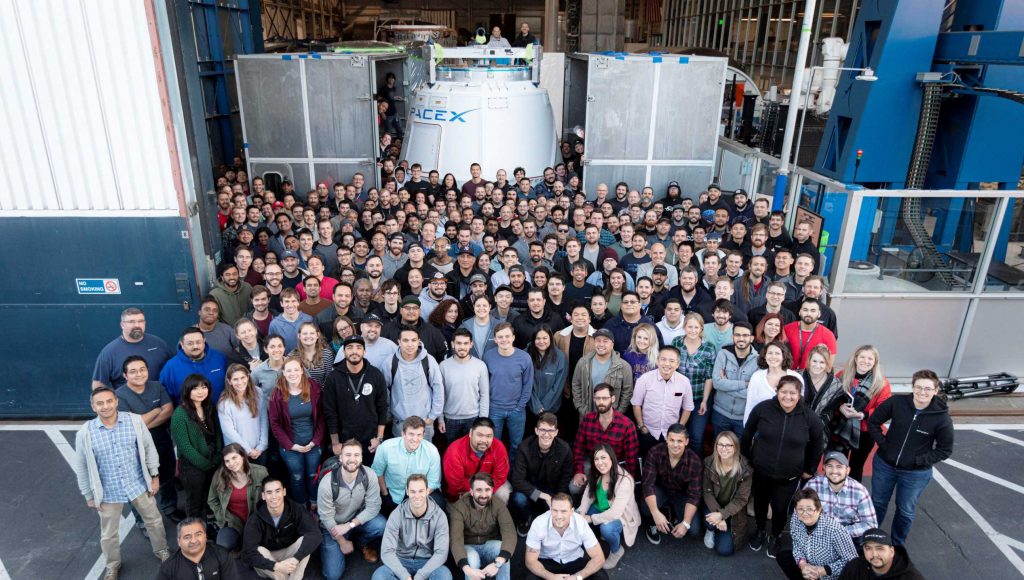
A decade of success in orbit
Over Dragon 1’s decade of service, the spacecraft has successfully delivered more than 40 metric tons (90,000 lb) of cargo to the International Space Station (ISS) and returned almost as much from the station to Earth – still the only operational spacecraft capable of doing so since the Space Shuttle’s 2011 retirement.
If CRS-20 goes as planned, NASA will have awarded SpaceX a total of $3.1B for its finished CRS Phase 1 contract, translating to an average of $147M apiece for 21 missions (including the CRS-7 failure and Dragon’s first space station demo mission) to the ISS.
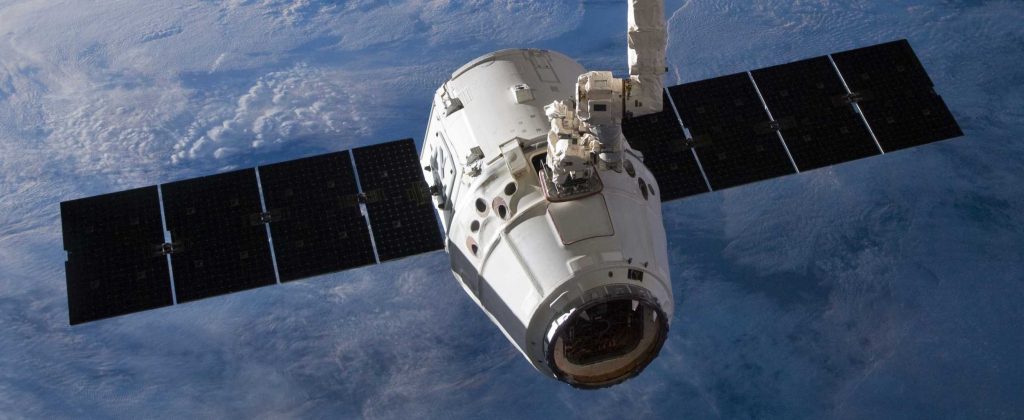
In other words, each kilogram of cargo Falcon 9 and Dragon delivered to the space station wound up costing NASA a bit less than $80,000, admittedly eye-watering but quite favorable compared to the Space Shuttle’s ~$340,000/kg (assuming program cost of $240B (c. 2020) and STS-135’s ~5300 kg of cargo).
Small steps towards full reusability
SpaceX’s CRS Phase 1 successes have also helped NASA cautiously accept flight-proven commercial rockets and spacecraft as the company has gradually introduced Falcon 9 booster and Cargo Dragon capsule reusability. Now, more than two years since SpaceX’s first capsule (June 2017) and booster reuses (December 2017) on NASA CRS missions, the company has launched two Dragon capsules to the space station for the third time and flown Dragons on flight-proven boosters four times.
CRS-20 will mark the third time a Cargo Dragon capsule (C112) flies a third orbital resupply mission, as well as the fifth time a CRS mission will launch on a flight-proven booster (B1059). Compared to the sheer scale and ambition of SpaceX’s next-generation, fully-reusable Starship and Super Heavy launch system, Dragon and Falcon 9 may seem rather diminutive. However, it’s hard to exaggerate just how much reusability expertise SpaceX has gained through their development.
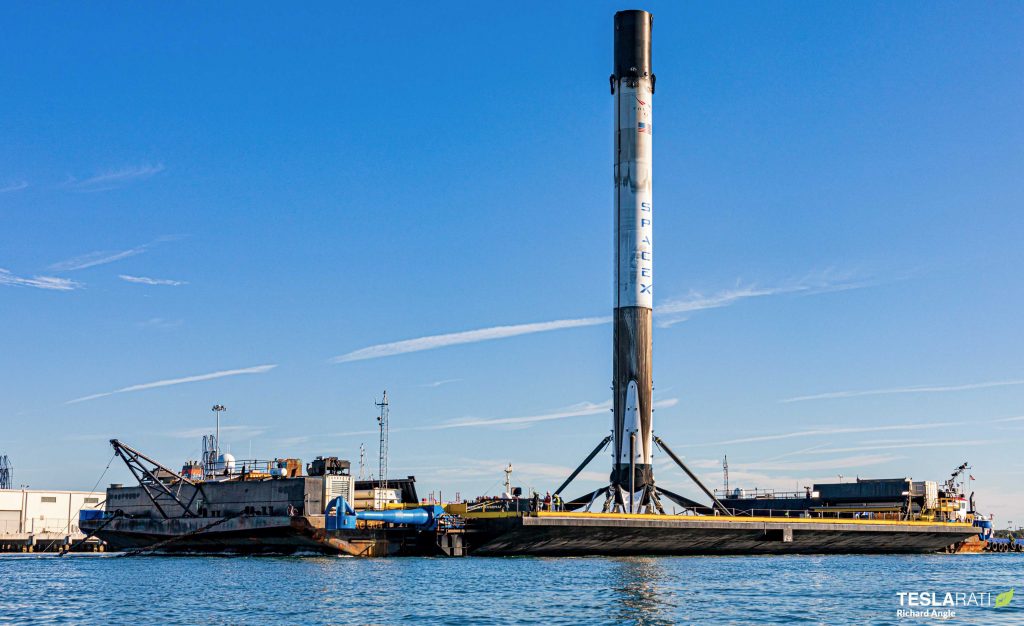
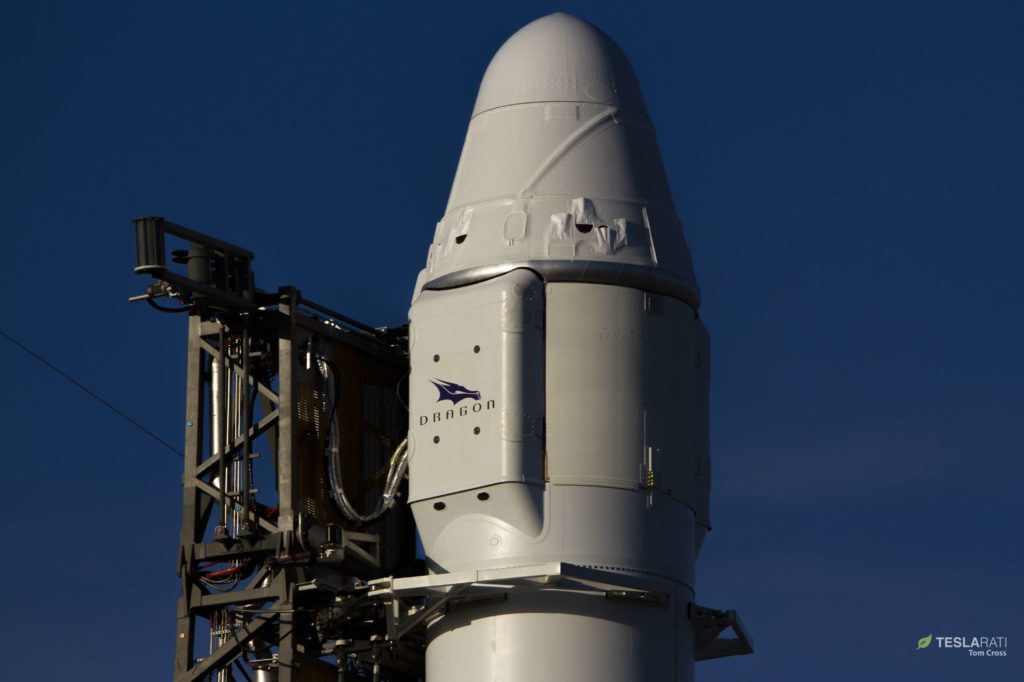
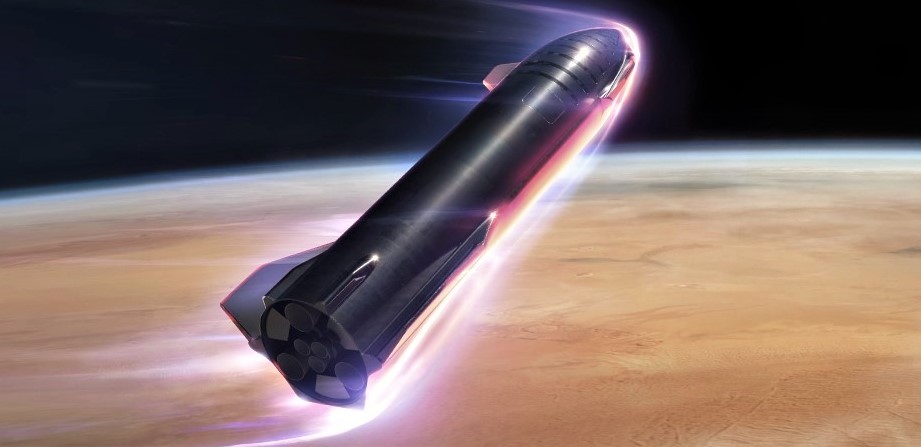
Set to take over resupply missions and ferry astronauts to and from the space station, SpaceX and CEO Elon Musk already considered Dragon 2 (Crew Dragon) to be dramatically simpler, faster, and cheaper to reuse. Starship will ultimately build off those significant improvements, enabling another leap (or several) forward. Perhaps just as importantly, Falcon and Dragon reuse will likely continue to make profound political and bureaucratic inroads over the next 5-10 years, gradually eroding and reshaping the status quo. Their progress will thus hopefully set both the technical and societal stages for widespread success and acceptance by the time Starship can be declared operational.
Weather is currently 60% GO for CRS-20, and the rocket and spacecraft are likely just hours from going vertical at the LC-40 launch pad. As always, tune into SpaceX’s official webcast approximately 15 minutes before liftoff to catch the Falcon 9 launch and landing live.
Check out Teslarati’s newsletters for prompt updates, on-the-ground perspectives, and unique glimpses of SpaceX’s rocket launch and recovery processes.

(adsbygoogle = window.adsbygoogle || []).push({});
<!–
–>
var disqus_shortname = «teslarati»;
var disqus_title = «SpaceX on track for last Cargo Dragon launch, first Falcon 9 land landing in months»;
var disqus_url = «https://www.teslarati.com/spacex-last-cargo-dragon-launch-falcon-9-land-landing/»;
var disqus_identifier = «teslarati-131779»;

